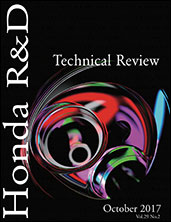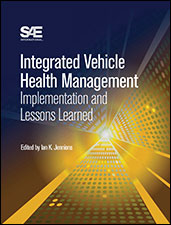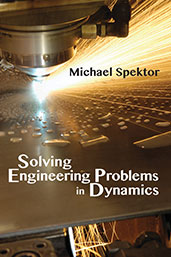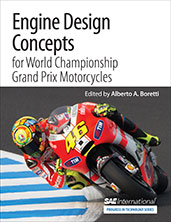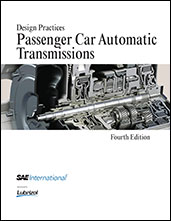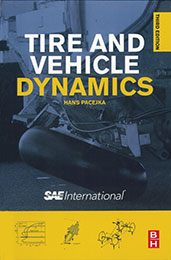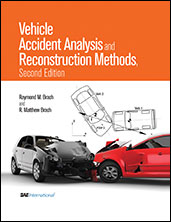Book

Generalized Vehicle Dynamics
2022-04-26
Author Daniel E. Williams, an industry professional with more than 30 years of experience in chassis control systems from concept to launch, brings this experience and his unique approach to readers of Generalized Vehicle Dynamics. This book makes use of nomenclature and conventions not used in other texts. This combination allows the derivation of complex vehicles that roll with multiple axles, any of which can be steered, to be directly predicted by manipulation of a generalized model. Similarly the ride characteristics of such a generalized vehicle are derived. This means the vehicle dynamic behavior of these vehicles can be directly written from the results derived in this work, and there is no need to start from Newton's Second Law to create such insight. Using new and non-standard conventions allows wider applicability to complex vehicles, including autonomous vehicles. Generalized Vehicle Dynamics is divided into two main sections-ride and handling-with roll considered in both.




